Impact
World War II
The Ghost Army performed twenty-one successful deceptions while avoiding discovery by the Germans. Their greatest success was Operation Viersen where, in March, 1945, they used inflatable tanks to divert German forces while Allied troops crossed the Rhine River to conquer Germany. Members of the 23rd reported General George Patton would do anything asked of him to support Ghost Army deceptions, which American generals credited with saving 10,000-15,000 lives.

(New York Times, 5 Dec. 1945)
Skeptical perspective ("Ghost Army" author, Rick Beyer, Personal Interview, 26 Dec. 2020)

Hand drawn map of Operation Viersen. ("Official History of the 23rd Headquarters Special Troops," Sept. 1945)
Ghost Army Personnel
Many Ghost Army soldiers' artistic skills were enhanced by their experiences in Europe, the center of the art world, where they spent free time drawing and painting local landscapes, people, and fellow soldiers. In fact, Ghost Army veterans Ellsworth Kelly, Bill Blass, Jack Masey, and Arthur Singer later became famous fashion designers and artists.
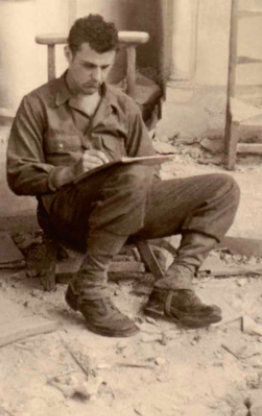
Ghost Army Soldier (Beyer & Sayles, c. 1944)
"We were sleeping in hedgerows and foxholes, but nothing kept us away from going someplace to do a watercolor."
-Cpl. John Jarvie, 603rd Camouflage Unit ("The Ghost Army," N.d.)
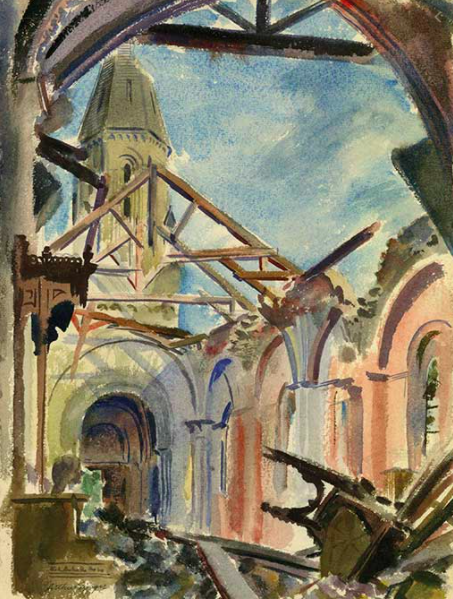
"Watercolor of bombed out church in Trevieres, Normandy." ("The Ghost Army," c. 1944)
While some Ghost Army artists experienced postwar career benefits, other 23rd Headquarters Special Troops veterans struggled because they were prohibited from freely communicating about their service.
"For a lot of [veterans], they felt isolated for a long time in terms of talking with other people about World War II because they had a secret to keep. Some people didn't even tell their wives what they did until the information was declassified [in 1996]."
-Rick Beyer (Personal Interview, 26 Dec. 2020)
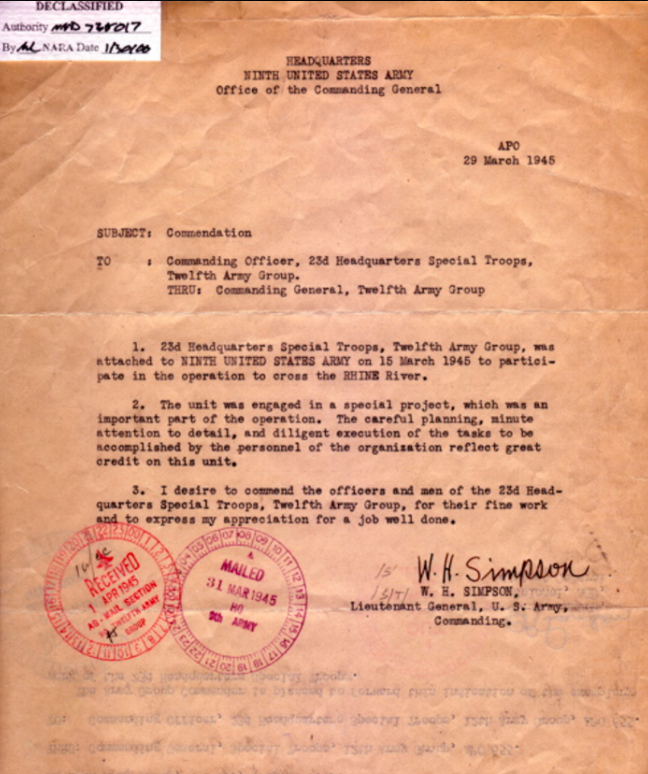
Letter of Commendation lacks mention of deception. (Headquarters Ninth United States Army, 29 March 1945)
Modern Deception
The scale and success of Ghost Army deceptions during World War II paved the path for its critical role in subsequent military operations, whereby American forces successfully utilized strategic miscommunication to gain military advantage and save lives.
"It's gotten harder to fool people, but the value of fooling your opponent is still really important...anything you can do to confuse your enemy and give yourself a little bit of an advantage is [better] than an actual military operation."
-Dr. Christopher Hamner (Former U.S. Army War College Instructor, Personal Interview, 11 Jan. 2021)
21st century deception (Dr. Christopher Hamner, Former U.S. Army War College Instructor, Personal Interview, 11 Jan. 2021)
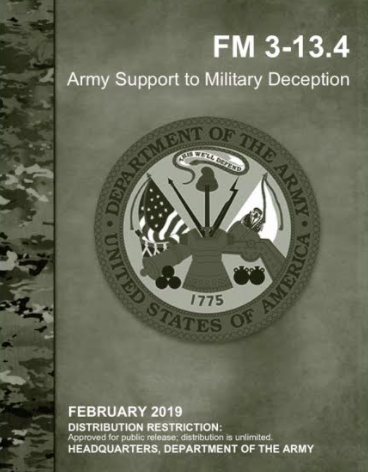
Modern Military Deception Handbook
(United States Army, Feb. 2019)
By executing advanced acts of deception while wearing Ghost Army uniform patches, today's Psychological Operations (PSYOP) soldiers continue to fulfill the mission of the Ghost Army troops that inspired them.
"Psychological actions such as show of force, cover, and deception have been used throughout history to influence enemy groups and leaders. Modern psychological operations are enhanced by the expansion of mass communication capabilities. Nations can multiply the effects of their military capabilities by communicating directly to their enemies a threat of force or retaliation, conditions of surrender, safe passage for defectors, incitations to sabotage, support to resistance groups, and other messages."
-Colonel Benjamin Findley, United States Air Force
(Psychological Case Studies and Operations, 1996)
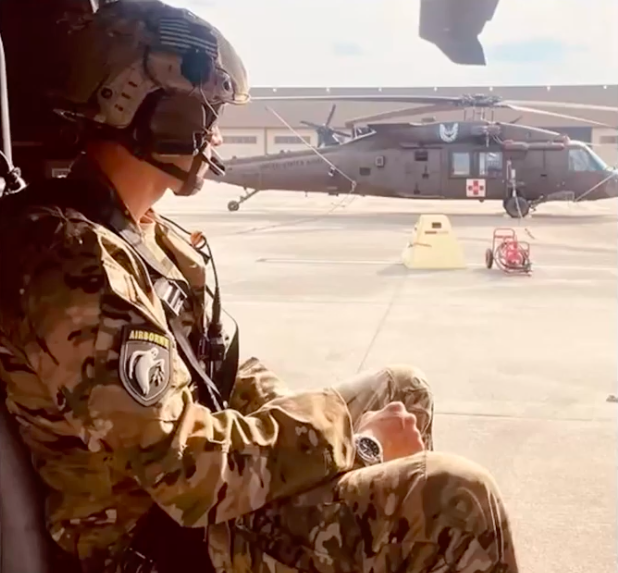
PSYOP Soldier (Photo: Courtesy of Sgt. Donnan Andrew, 12 Apr. 2021)